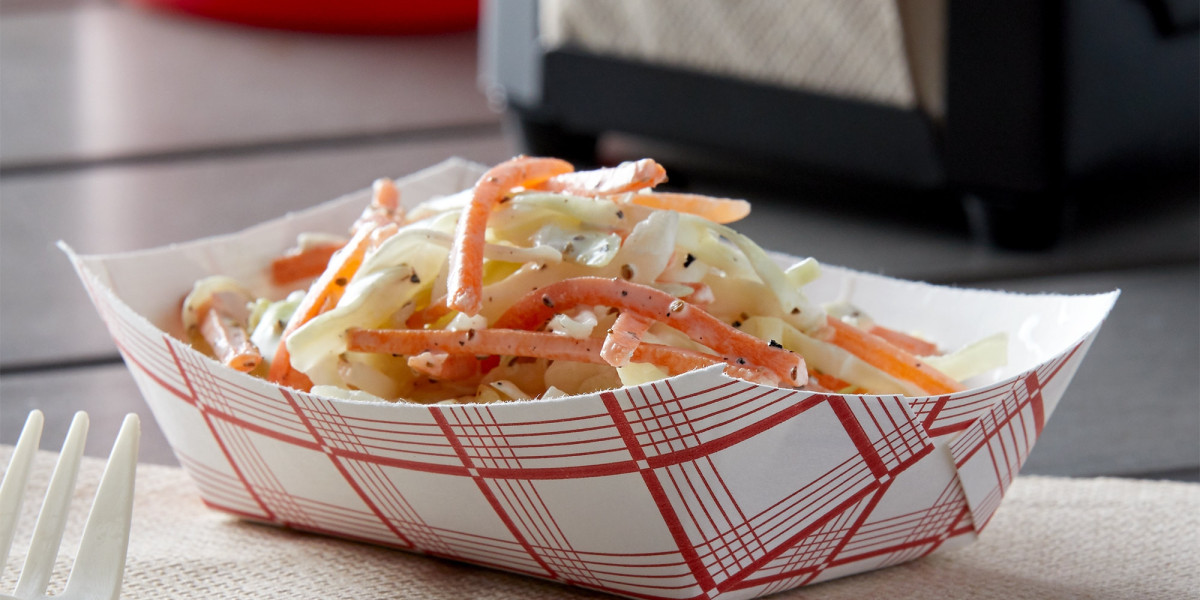Consumer behavior in modern times substantially changes because of the food product packaging elements that consumers encounter. Various organizations are now more frequently implementing custom food boats in their operations. Restaurant food boat packaging creates novel functional solutions that modernize customer thoughts regarding food presentation, together with convenience, alongside sustainability. Custom food boats create a fresh dining innovation that serves fast food and street food, and restaurant offerings. This article examines how custom food boats influence consumer choices through the examination of their visual attractiveness, together with their easy usability and environmentally friendly qualities.
The Visual Appeal of Custom Food Boats
The packaging directly affects how consumers perceive products because they judge items first through their packaging appearance. Custom-designed food boats enable brands to display their identity, which helps them stand out from other market competitors. Customers will be immediately drawn to food boats that contain appealing graphic designs and vibrant color schemes. The practicality of packaging surpasses serving its function as a food holder by joining the complete sensory experience. The mode of displaying food items determines how consumers judge both product quality along its pricing value.
Why Small Food Boats Remain Essential
Food packaging requires convenience to be its main priority. Food boats of small size serve consumers who need mobile eating opportunities. The small handheld food containers simplify eating because they eliminate the need for utensils, along with difficult packaging materials. Such portable food boats create an improved dining experience in both fast-food takeout and street-food dining venues. Small paper food boats appeal to consumers because they match their busy lifestyle needs and enable eating meals casually and comfortably.
The Eco-Friendly Appeal of Paper Boats for Food
The rise of sustainability concerns among customers has made paper food boats emerge as an environmentally friendly solution that replaces plastic serving tools. The market already embraces these eco-friendly packaging solutions since they help customers minimize their environmental impact. Customers choose paper packaging because they think it creates favorable environmental benefits, which leads to better purchase behavior. The growing use of brown paper food boats results from consumer demand for sustainable, recyclable food packaging that meets present-day values.
The Role of Cardboard Food Boats
The present-day consumer evaluates food packaging by its external appearance and its utility characteristics. Cardboard food boats represent an optimal design solution that combines useful functionality with attractive presentation. The robust packaging stands ready to secure snacks as well as sizable meals alongside potato dishes without experiencing leakages or accidental spillages. The boat design guarantees clear eating during meals, which adds to client comfort and satisfaction. The implementation of cardboard food boats allows companies to gain recognition for their reliable and high-quality product, which leads to enhanced consumer trust and loyalty.
Through Food Boats Shapes Consumer Eating Patterns.
The actual size of food portions determines how customers perceive the value of their meals. Small paper boats serve as excellent portion control tools because they enable diners to consume their favorite foods within safe serving ranges. Foodservice patrons value the ease of getting evenly portioned servings that allow them to enjoy the meal without disappointment. Businesses achieve better customer satisfaction rates through proper portioning, along with increased chances of repeat business. Food boats with properly designed portion formats commonly motivate patrons to buy other items because they seem manageable for consumption.
An Improved Culinary Experience for Customers.
Food boats designed to order are implementations that extend beyond the use of fast food stalls and mobile food stalls. Boats for food have become common in restaurants throughout all dining ranges, including casual eateries and high-class dining establishments. Food on boats serves as an adaptable ingredient in multiple cooking styles that beautifies relaxed eating arrangements. Custom food boats adapt seamlessly to different serving needs since they function equally well with seafood at beachside restaurants alongside gourmet dishes in fashionable eateries. Cared-for delivery and quality food preparation become closely associated with interesting packaging methods that significantly influence consumer purchasing choices.
The Process Of Individualizing Products
Custom food boats serve as a distinct branding instrument within consumer behavior, which enables businesses to share their identity. Custom labels with branding elements that express company identity, along with a mission statement, can be added to wax paper. By making products personally identifiable, businesses achieve both better brand awareness and consumers build stronger emotional bonds. Customers who recognize brand logos in addition to characteristic packaging become more loyal and tend to reorder from the same brand. The option for personalized packaging design raises customer perceptions of uniqueness, which drives them toward selecting the same brand at future times.
Conclusion
Custom food boats demonstrate an important ability to shape customer purchasing choices. Custom food boats shape consumer reactions about product quality while also affecting purchase decisions because they combine functionality with attractive designs. Consumer food interactions are substantially affected by the various benefits which custom food boats deliver, er including eye-catching design and practicality, alongside environmental sustainability, together with their capacity to support branding efforts. Businesses can maximize the impact of custom food boats through an understanding of these factors to create experiences that enhance customer satisfaction, leading to loyalty and eventually affecting purchasing decisions powerfully.





